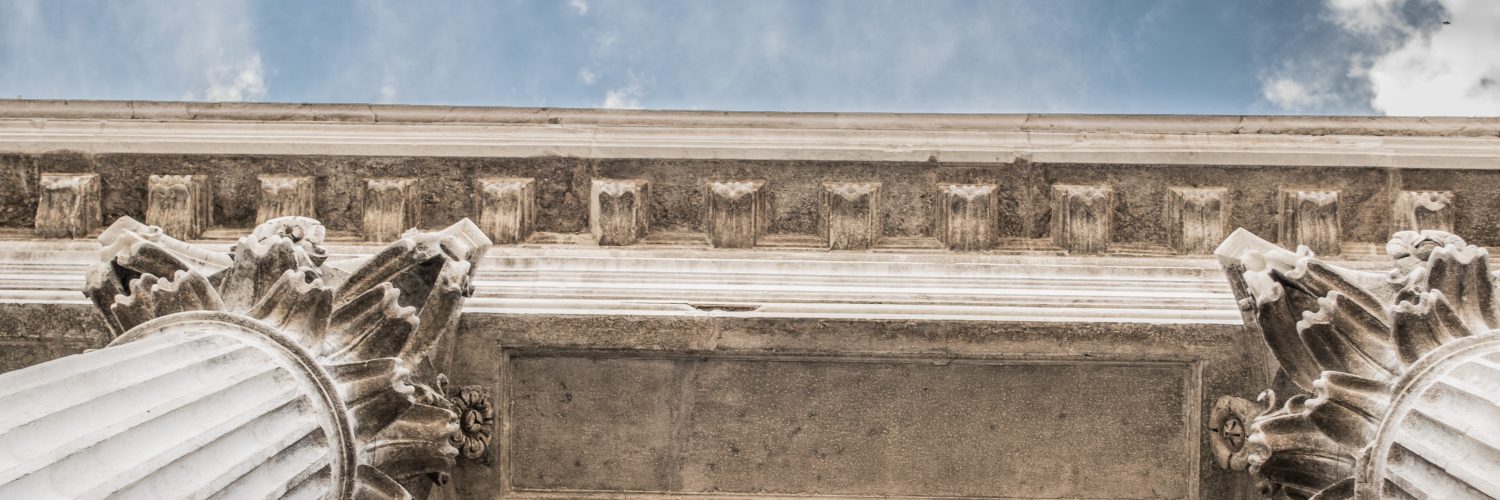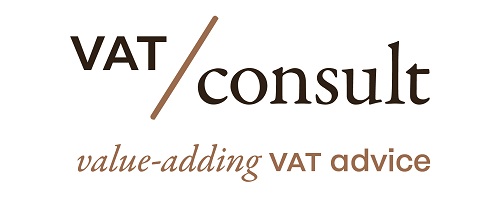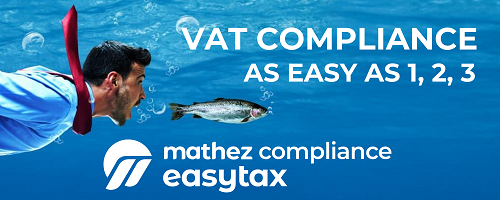Subject matter of the main proceedings
Appeal on a point of law brought by a distribution company against the Administración General del Estado (General State Administration) – Assessment notices from the Agencia Estatal de la Administración Tributaria (State Agency for Tax Administration; ‘Taxation Agency’) – Records of non-compliance –
Customs value of goods under a customs warehousing arrangement – Loss of tariff preferences applied at the time of release for free circulation – Certificate of origin of goods submitted out of time
Questions
- 1. In relation to the customs value, is Article 29 CCC to be interpreted as laying down only the method for determining the customs value – the transaction value, without prejudice to any upward or downward adjustments that should be made – but not as stipulating the time when that valuation should be carried out?
- 2. In view of the fact that, in accordance with the case-law of the Court of Justice, for the purposes of Article 29 CCC the method for determining the customs value on the basis of the transaction value of goods applies where the goods were sold for export to the European Union, is Article 29 CCC, in conjunction with Articles 112(3) CCC and 214 CCC, to be interpreted as meaning that the placing of goods in a customs warehouse using the simplified procedure laid down in Article 76(1)(c) CCC entails or permits the presumption that the goods were sold for export to the European Union? Is the answer to the previous question affected in any way where the goods are released for free circulation after the transfer effected while they were in the customs warehouse?
- 3. If the answers to those two questions are in the negative, taking into account the fact that the customs warehousing arrangement, as a suspensive arrangement, does not determine when the customs debt arises, in so far as it arises when the goods are released for free circulation, must Articles 29 CCC, 112(3) CCC and 214 CCC nevertheless be interpreted as meaning that the temporal reference for quantifying the customs value is the time when the goods are placed under the customs warehousing arrangement? Alternatively, must those provisions be interpreted as meaning that the customs value is to be calculated at the time when the goods are released for free circulation, that is, when the customs debt arises, even though those goods were previously placed in a customs warehouse?
- 4. In the case of the rules on successive sales, is it possible to interpret Article 147 CCCIP as meaning that, where goods are brought into a customs warehouse, that is sufficient to allow the presumption that the sale which preceded the last sale before the goods were brought into the customs territory was made with a view to export to the European Union?
- 5. In relation to certificates of origin, are Articles 118 and 97k CCCIP to be interpreted as meaning that the submission outside the two-year period of proof that the goods were released for free circulation leads to the loss of application of tariff concessions based on preferential origin, despite the fact that the certificate of origin on which the application for the tariff preference is based was used in previous partial releases for free circulation of imports which took place within that two-year period?
Source














